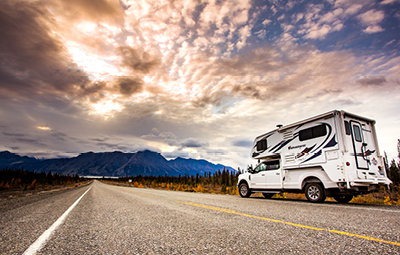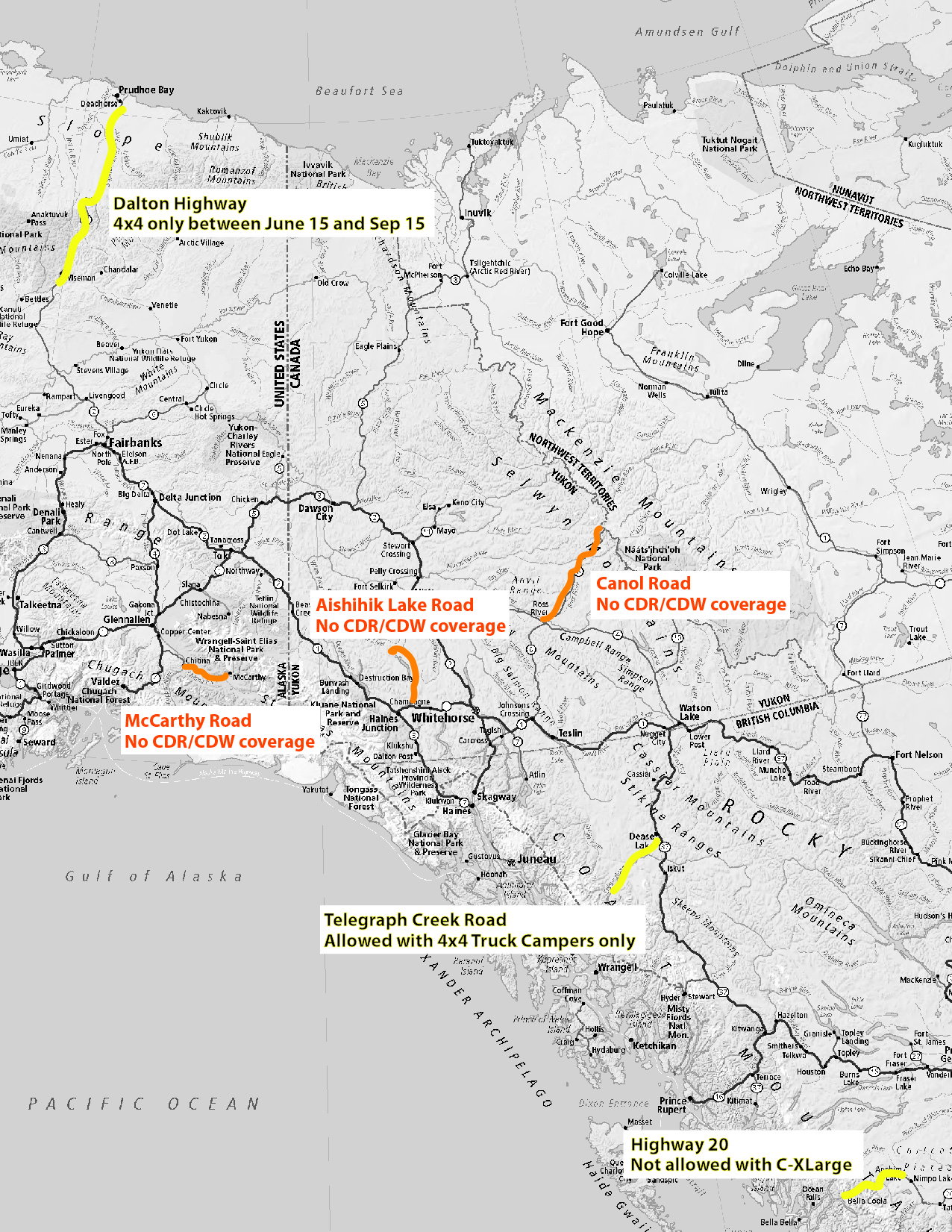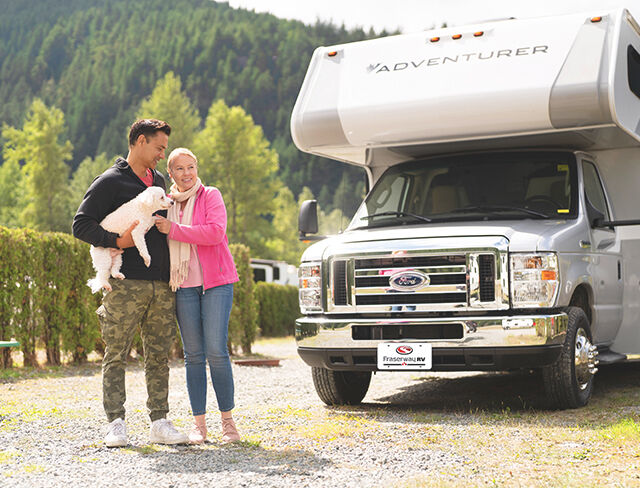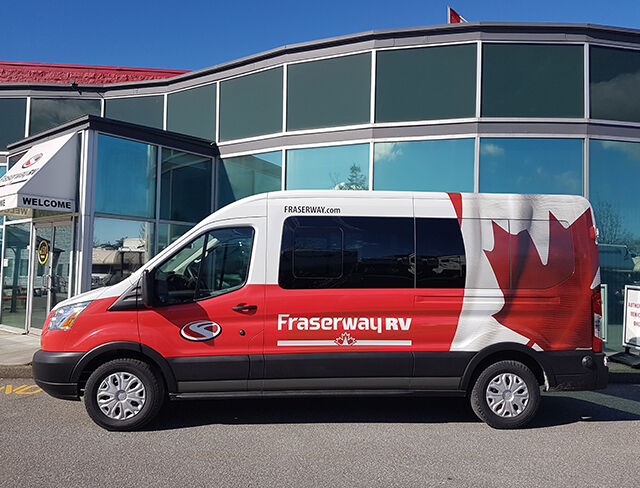In the event of a flat tire, we highly recommend having a professional service remove the damaged tire and replace it with the provided spare. However, we acknowledge that in isolated areas, particularly in Northern Canada, this may not always be an option.
In each Fraserway provided pickup truck, there is a full tire change set, located under or behind the rear seats of the cab. This set includes:
- 1x jack
- 1x tire iron
- 1x set of jack handles (3x individual bars connecting)
- 1x instruction sheet
- 1x full spare tire – located underneath the truck bed
When on rough, uneven, narrow gravel roads find an even, level spot. If you need to drive some distance, it is recommended to do so, even if that may damage the tire any further. It is better to change it in a safe, level spot.
Please follow the instructions closely and take reasonable precautions to ensure that your safety is not jeopardized.






